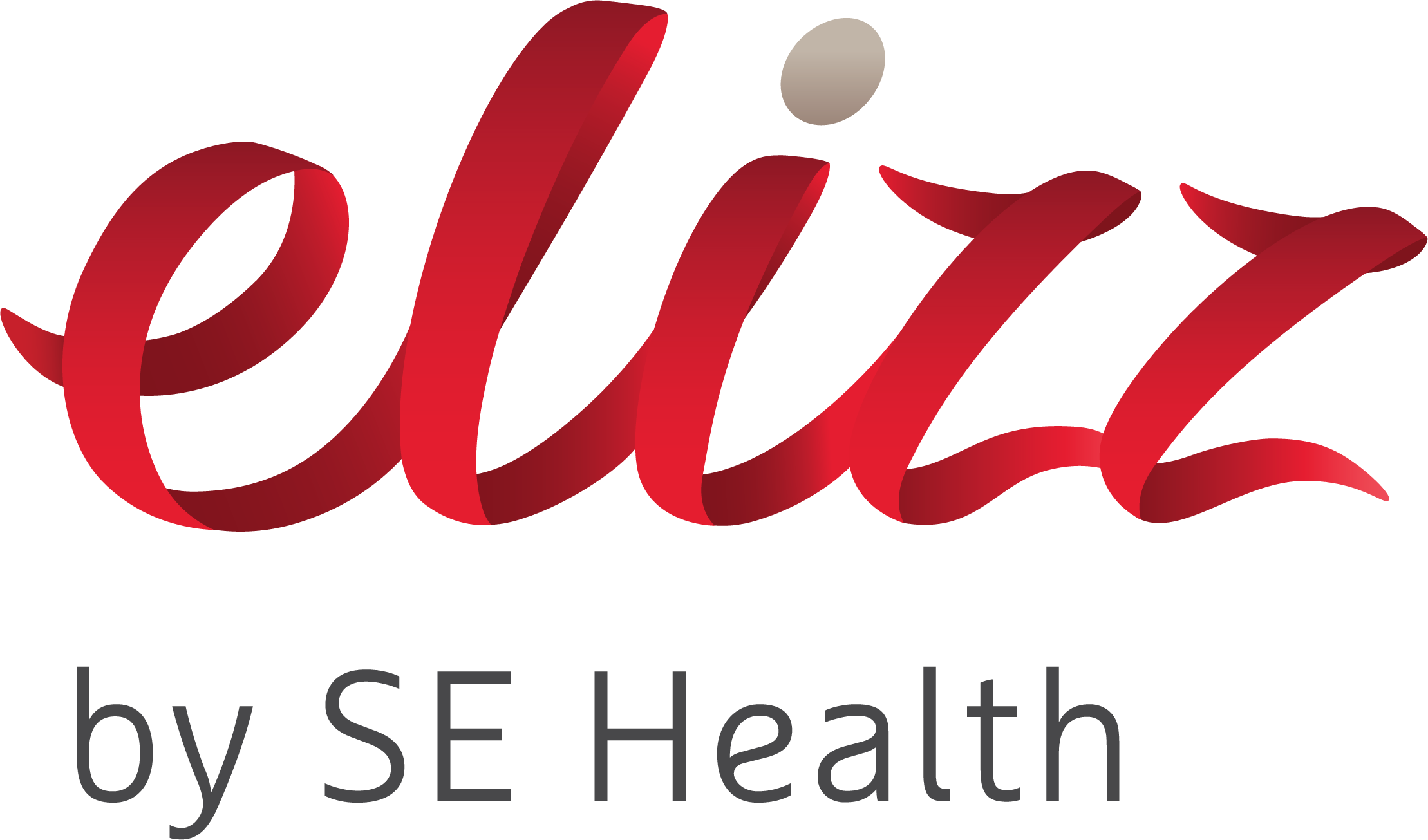Hand washing and infection control for caregivers

Whatever we come into contact with may contain germs and we can become infected without knowing it, simply by touching our eyes, mouth, or nose before washing.
The importance of regular hand washing cannot be understated because once infected, it doesn’t take very long before we pass on those germs to whoever is around us and the same illness spreads. Enforcing a hand washing routine while at home or out in public, is an easy way to reduce the chances of getting sick or passing on an illness.
How to Wash Your Hands
Hand sanitizers – Alcohol-based hand sanitizers can be used when water is not available. If hand sanitizers are used, you should rub it all over your hands, wrists, and in between your fingers until everything is dry. Another suggestion is to put hand sanitizer wipes in your bag so everyone can clean their hands prior to eating, even when away from home. Cleaning with hand sanitizer can prevent some infections, but it’s not as effective as washing your hands with soap and water.
Washing hands with water – Proper hand washing with soap and water is the best way to remove bacteria and viruses from the hands. The type of soap used is not as important as the right technique. It is the soap combined with the scrubbing action that helps loosen and remove germs from your skin. The running water washes away the soap and the germs.
Here are some great hand-washing tips for caregivers to help you get rid of any germs on your hands:
- Always check the water temperature first and adjust to lukewarm to protect yourself and the person in your care.
- Once hands are completely wet, apply soap and lather well (any type of soap will do, it doesn’t have to be antibacterial). Make sure you have enough soap to cover the entire surface of the hands and wrists.
- Away from the water, scrub your hands vigorously including under fingernails, between fingers, the backs of the hands, and wrists.
- Your hand washing routine should last at least 15-20 seconds – about the length of time it takes to hum a short song like Happy Birthday twice.
- Rinse away all the soap.
- Use a clean towel to dry your hands.
For infection control, proper hand washing hygiene is something that should be taught to the entire family. Follow good hand washing guidelines both before and after certain activities.
Consider hand washing before you…
- Cook food
- Serve food
- Eat food
- Visit (or take care of) any person who is sick
- Hand out medications
Consider hand washing after you…
- Handle garbage
- Use the toilet
- Touch animals or pets
- Have been outside
- Clean the house
- Blow your nose
- Cough or sneeze
Here are some more tips for making proper hand washing part of your daily routine:
- Make hand washing a necessity whenever you go to the bathroom, or when helping with toileting for the person in your care (or your child). Lead by example, always wash your hands using the correct hand washing technique; remind the person in your care of the correct technique as well.
- Explain why hand washing hygiene is so important. Germs that can make you sick can be on your hands even if your hands look clean.
- Remove barriers for the person in your care so that hand washing is accessible. Provide a sturdy step-stool if necessary, ensure that clean towels and soap are within reach, and place hand sanitizers in various areas of the home.
- Safety is important. Turn on the water and adjust the temperature for the person in your care if they require assistance. This will prevent scalding.









